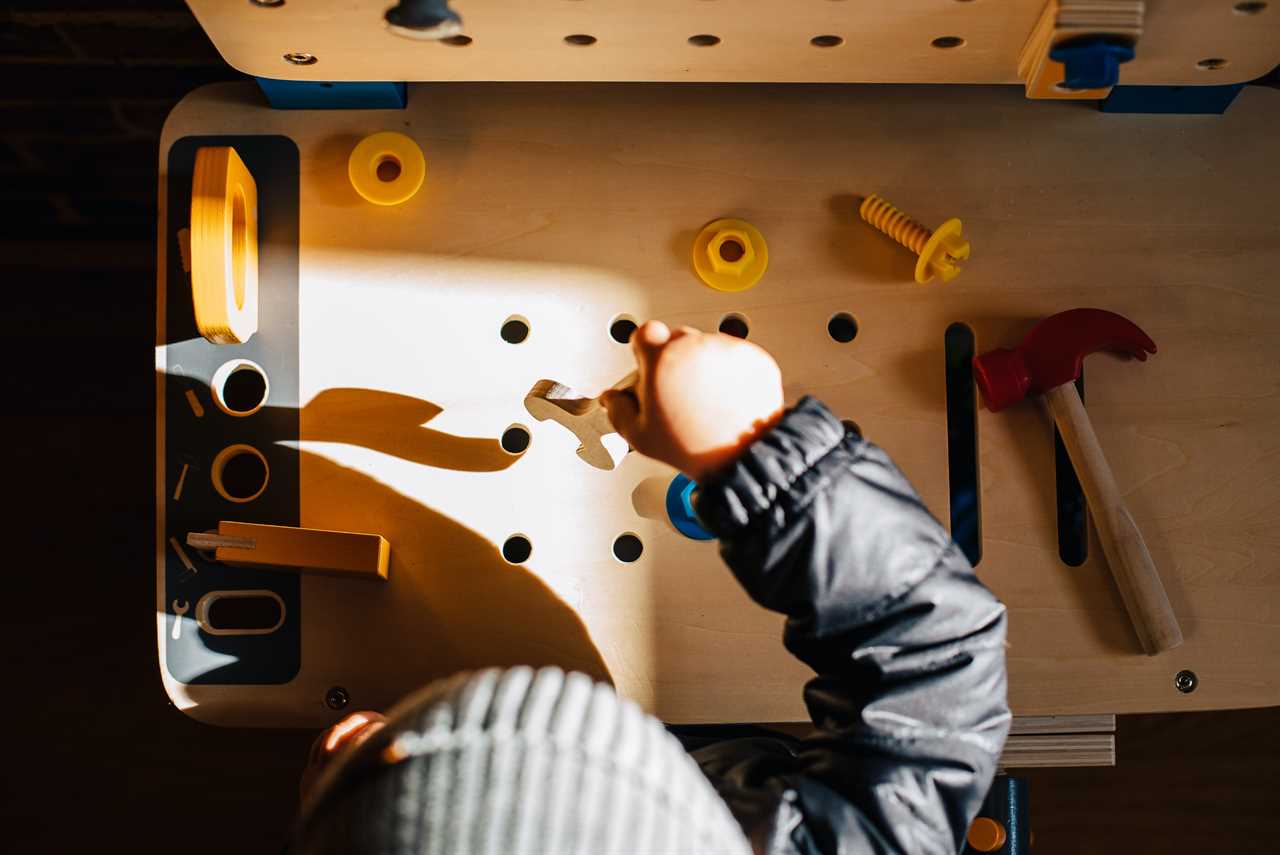Electronic toys have taken the world by storm, promising to entertain and educate children. However, new research suggests that these gadgets may have a more detrimental impact on language development and parent-child play interactions than previously thought.
In a groundbreaking study, experts have found that electronic toys not only decrease the quantity and diversity of child spoken language, but also disrupt the quality and quantity of parent language input.
This research sheds light on the importance of traditional toys and the crucial role they play in fostering language learning and social interaction.
Key Takeaways
- Electronic toys decrease the quantity and lexical diversity of child spoken language.
- Parents commonly view electronic toys as essential teaching tools, but they may have a negative impact on play-based language learning opportunities.
- Electronic toys reduce the quality and quantity of parent language input provided to young children.
- Play-based interventions for children with ASD may be more effective when incorporating traditional toys rather than electronic toys.
Negative Effects on Language Development
The researchers found that electronic toys decrease the quantity and lexical diversity of child spoken language, suggesting a negative impact on play-based language learning opportunities. This effect can have long-term consequences on language development.

Early intervention plays a crucial role in mitigating these negative effects. It is important to address this issue and educate parents about the potential harm of electronic toys on language development. Parents commonly view electronic toys as educational tools but may not be aware of the detrimental impact they can have on language learning.
Clinical practitioners have a responsibility to inform parents and emphasize their role in promoting language development through play interactions. By prioritizing traditional toys and minimizing distractions, parents can create a more conducive environment for language learning and social interaction.
Understanding the impact of toy selection on parent-child play interactions can inform the design and implementation of effective interventions for children with language difficulties.
Parental Beliefs and Attitudes Towards Electronic Toys
Parents commonly perceive electronic toys as valuable tools for teaching and believe that they offer more educational benefits than themselves. However, research suggests that these beliefs may not align with the actual impact of electronic toys on child learning.

Parental purchasing decisions are often influenced by marketing claims and societal pressure to provide the latest technology for their children. Unfortunately, these electronic toys may hinder language development and parent-child play interactions.
Studies have found that electronic toys decrease the quantity and diversity of child spoken language, leading to fewer vocalizations and gestures. Additionally, electronic toys disrupt children’s understanding of spoken language and attention allocation due to background noise and salient visual features.
This has implications for play-based interventions, as traditional toys provide a more conducive environment for language learning and social interaction. Parents should be encouraged to prioritize social communicative exchanges and limit the use of electronic toys during play interactions to promote optimal language development in their children.
Disruption of Parent-Child Play Interactions
During play, the dominance of electronic toys leads to limited opportunities for social interaction and inhibits the quality of parent behaviors. This effect on social interaction is concerning, as research suggests that social interaction plays a crucial role in cognitive development.

Here are three key ways in which the impact of electronic toys on parent-child play interactions can have negative consequences:
Reduced engagement: Electronic toys tend to capture children’s attention, often leaving little room for meaningful social interactions with parents. This limited engagement can hinder the development of important social skills and emotional connections.
Decreased communication: The presence of electronic toys can decrease the quantity and quality of parent language input. Parents may speak less, respond less, and have fewer conversational turns with their children. This lack of communication can hinder language development and hinder cognitive growth.
Disrupted parent-child bonding: When electronic toys dominate the conversation, parents may become passive observers rather than active participants in play. This can disrupt the bonding experience between parent and child, impacting the emotional connection and overall well-being.

Overall, the impact of electronic toys on parent-child play interactions can have a detrimental effect on social interaction and cognitive development. It is important for parents and caregivers to be aware of these effects and prioritize meaningful, interactive play experiences for optimal child development.
Importance of Parent Language Input
Reduced engagement with electronic toys limits opportunities for social interaction and inhibits the development of crucial cognitive skills in children.
Parental language input plays a significant role in children’s language development, and the use of electronic toys can hinder this process. Research suggests that electronic toys decrease the quantity and lexical diversity of child spoken language, resulting in fewer vocalizations and gestures during play.
The background noise and salient visual features of electronic toys may also disrupt children’s understanding of spoken language. Additionally, electronic toys tend to dominate the conversation, leading parents to provide less language input. This is concerning because the quality and quantity of parent language input significantly impact children’s language development.

Therefore, it is important for parents and caregivers to prioritize social communicative exchanges and limit distractions during play interactions. Opting for traditional toys that provide a more conducive environment for language learning and social interaction.
Implications for Play-Based Interventions
Using traditional toys in play-based interventions can enhance children’s engagement and motivation, promoting optimal language development and social interaction. Research suggests that the use of traditional toys in interventions can maximize children’s engagement, motivation, and learning outcomes.
To help you further enjoy this topic, here are three sub-lists to provide more information:
- Benefits of traditional toy use in play-based interventions:
- Traditional toys offer open-ended play opportunities, allowing children to use their imagination and creativity.
- These toys promote hands-on exploration and problem-solving skills.
- Traditional toys encourage social interaction and cooperation among children.
- Challenges of electronic toy use in play-based interventions:
- Electronic toys often have predetermined functions, limiting children’s creativity.
- They can be overstimulating, leading to shorter attention spans.
- Electronic toys may promote solitary play rather than cooperative play.
- Practical tips for promoting optimal language development through traditional toy use:
- Encourage children to engage in pretend play with traditional toys, promoting storytelling and language expression.
- Use traditional toys as conversation prompts, asking open-ended questions and encouraging dialogue.
- Provide opportunities for turn-taking and sharing during play sessions, fostering social communication skills.






